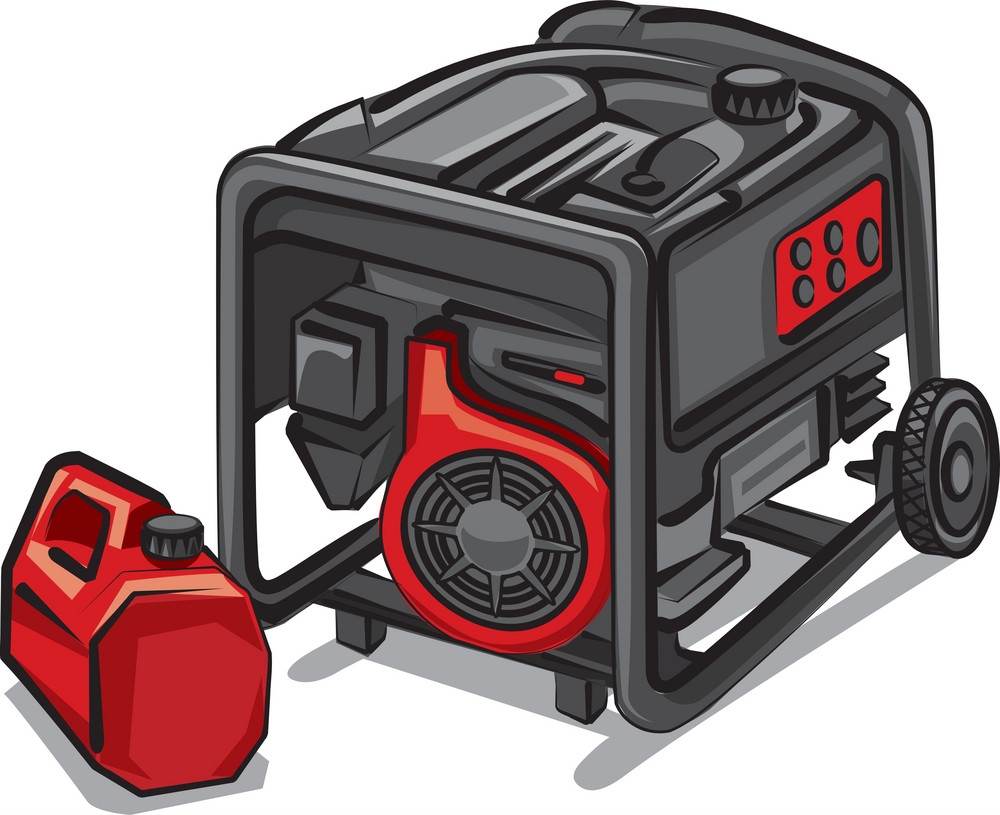Understanding the term Home Standby Generators
Residential use generators supply power to homes in the event the electric utility supply is lost. Utility power interruptions occur due to weather related events like high winds, ice buildup on wires, wild animal damage, car accidents, and damage brought on by a great many other acts of nature or man. Appliances for the home and systems that rely on electrical power cannot function within the outage unless a way to obtain emergency power can be obtained.
Permanent Installation
Standby generators will always be able to operate, twenty-four hours a day, 7 days per week. They’re permanently wired to the home’s electrical system using an automatic transfer switch, and connected to the home’s natural or LP gas supply pipes. The natural or LP gas hookup ensures the generator has always a sufficient availability of fuel available and won’t require frequent refueling within the extended outage.
Automatic Transfer Switch
Automatic Transfer Switches work alongside the standby generator’s controller. Following your generator starts and is ready to accept the electrical load, the automated transfer switch disconnects the electrical system from the utility supply and connects it to the home standby generator. The change in power from one supply source to another is automatic and controlled by electronic switches inside the transfer switch. When the electric utility restores power, the transfer switch reconnects the utility supply and disconnects the generator.
Automatic transfer switches are usually manufactured by the generator’s manufacturer to meet the needs of your particular standby unit, because they work directly with all the standby generator’s controller. Additionally they provide different alternatives, like power management, depending on the needs with the consumer.
Some transfer switches install between the utility meter and the main service panel to produce power to the whole panel. Others install like a subpanel in the main service panel and just supply selected critical circuits, such as pumps, refrigerators, furnaces, and medical equipment.
Operation
Standby generators are automatic, permanently installed equipment that don’t require frequent refueling with liquid fuels. They operate without operator intervention, aside from regular, scheduled maintenance. Unlike portable models which have to be connected and started when power is necessary, the standby home generator operates in a fully automatic mode, even if the homeowner is not present.
Standby power means the generator is ready to operate all the time. When an outage occurs, the generator starts following a short delay, then this transfer switch moves your house onto emergency backup power. It takes place quickly and without intervention, but you can still find a couple of seconds when the home is without electrical power. Some electronic equipment may require an uninterrupted supply that operates off a battery until the standby generator has the capacity to start and connect to the home’s electrical system.
Installation
Installation requires building permits and the assistance of a qualified electrician to put in the transfer switch making the essential electrical connections, as well as a plumber for connecting the generator to the home’s gas supply. Inspections from the prepared gravel bed or concrete slab are generally required before installation, and the finished work after installation. Adherence to National Electrical Codes, Plumbing Codes, National Fire Protection Association Codes, and local ordinances is necessary.
The location chosen for installation neesd to make sure that exhaust gases will not likely go into the home and the usage of deadly carbon monoxide detectors is also required.
Home standby generators complete when electric utility power becomes unavailable to guarantee the safety of homes, property, and families.
To find out more, go to: www.BackupHomePower.com
